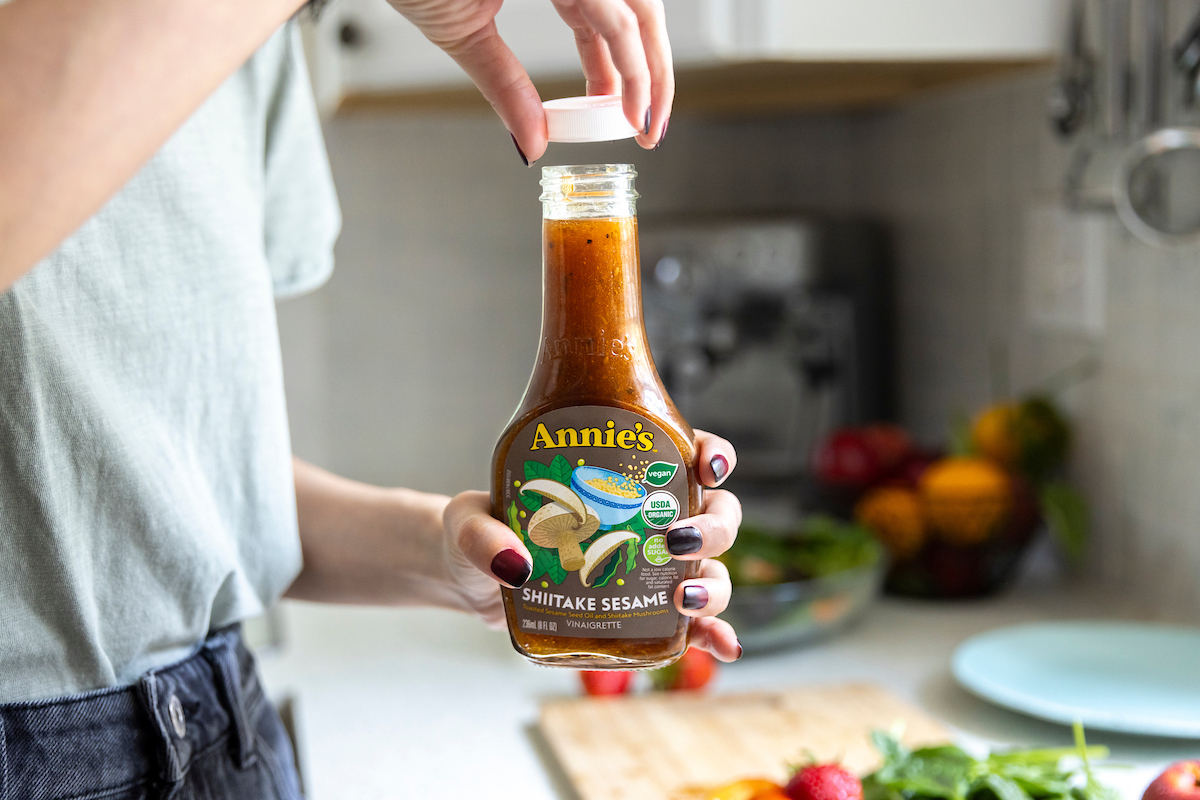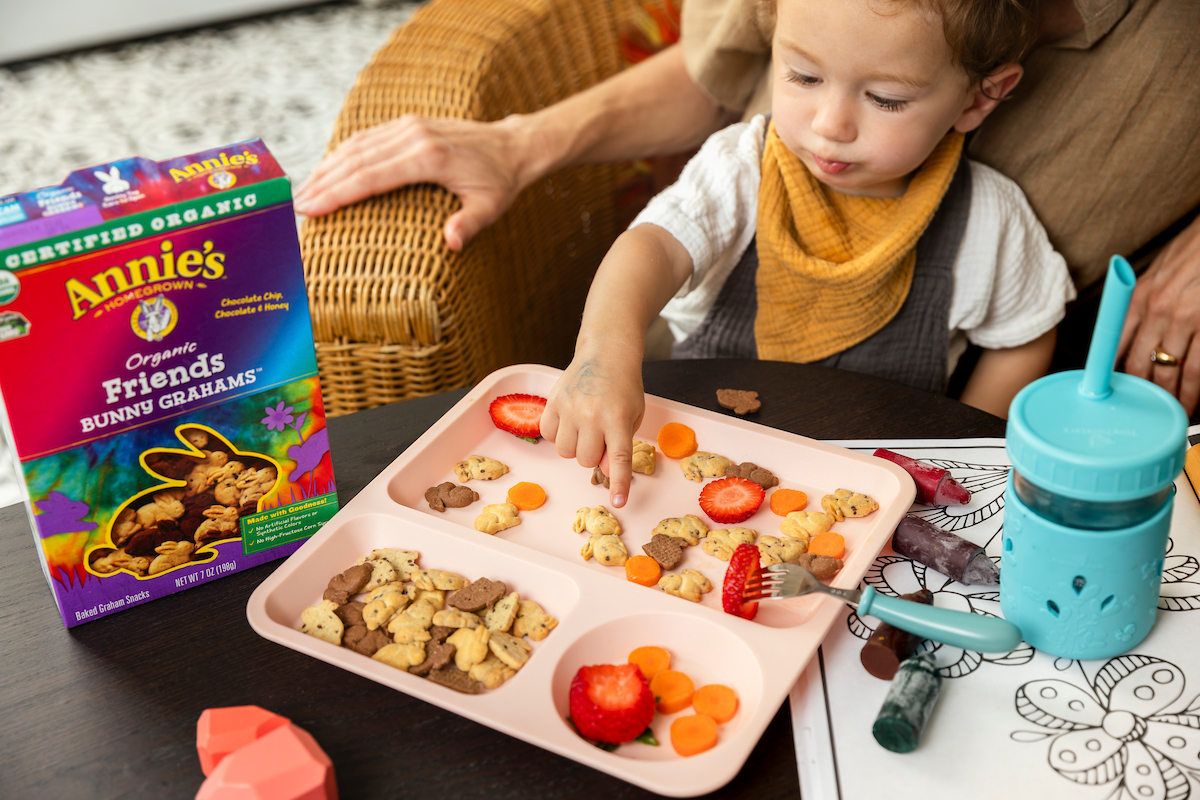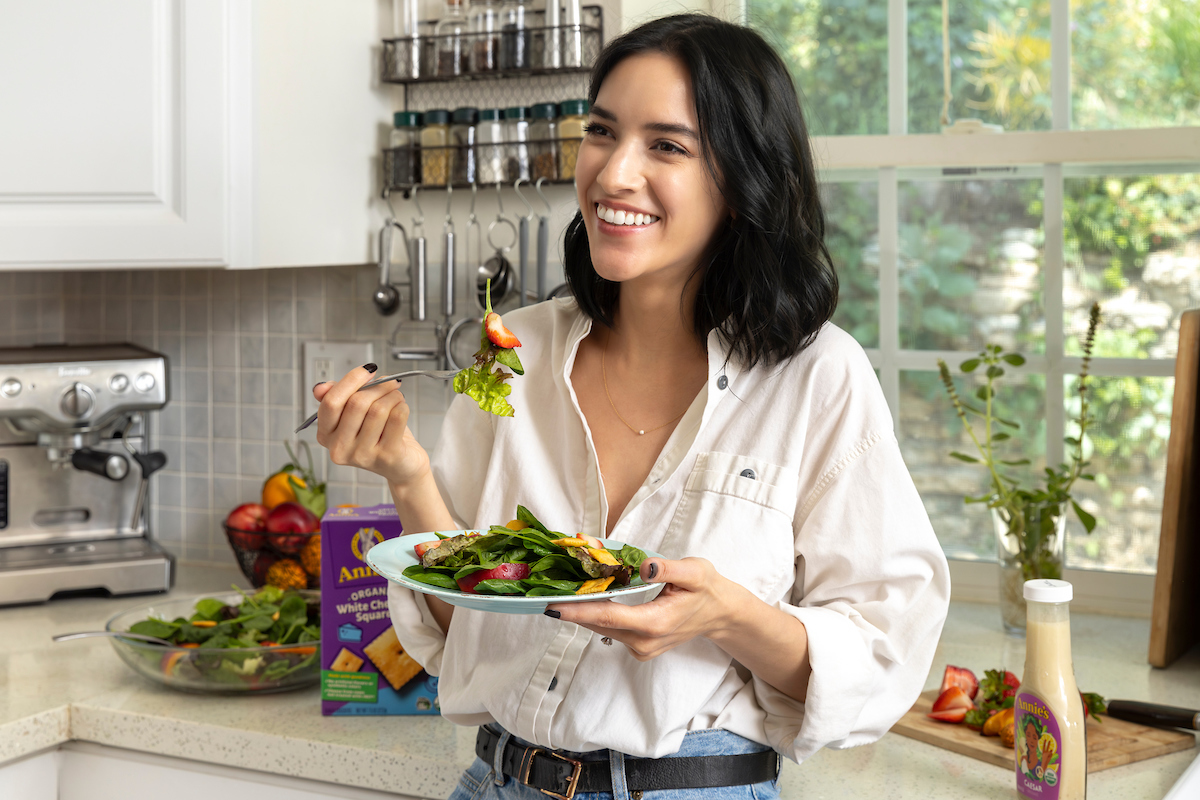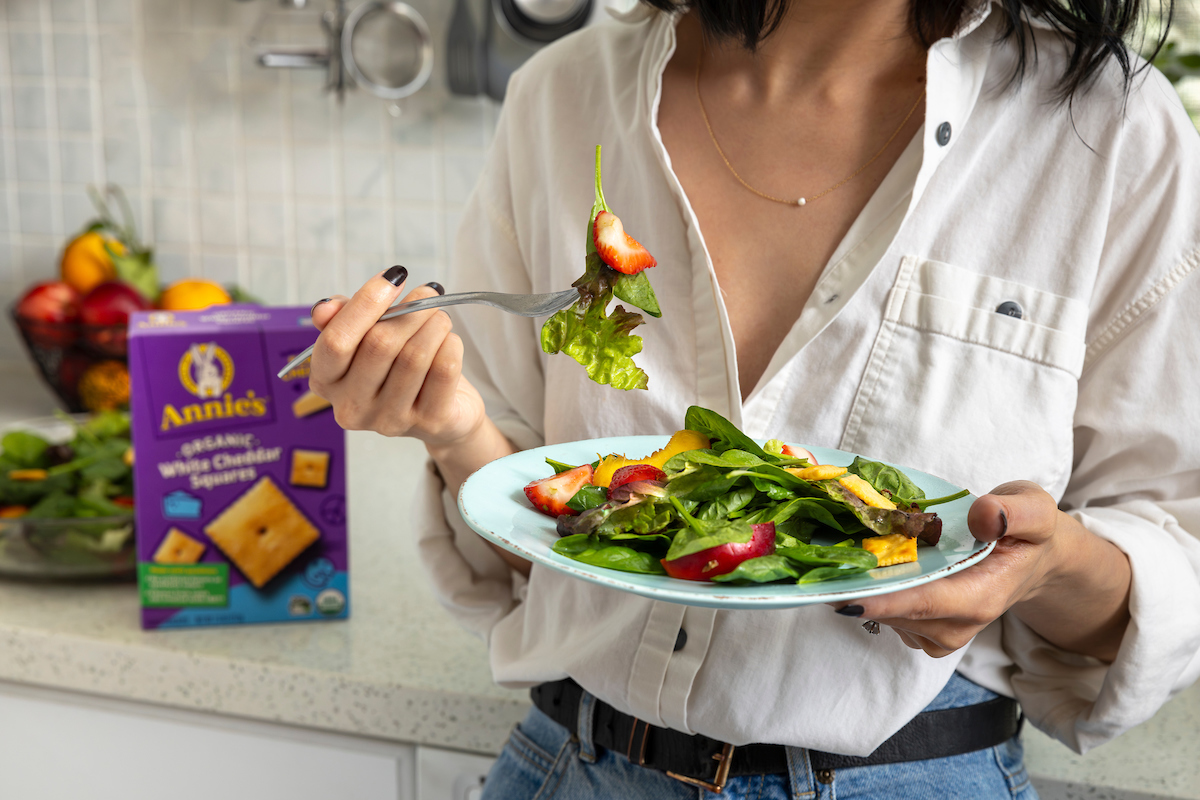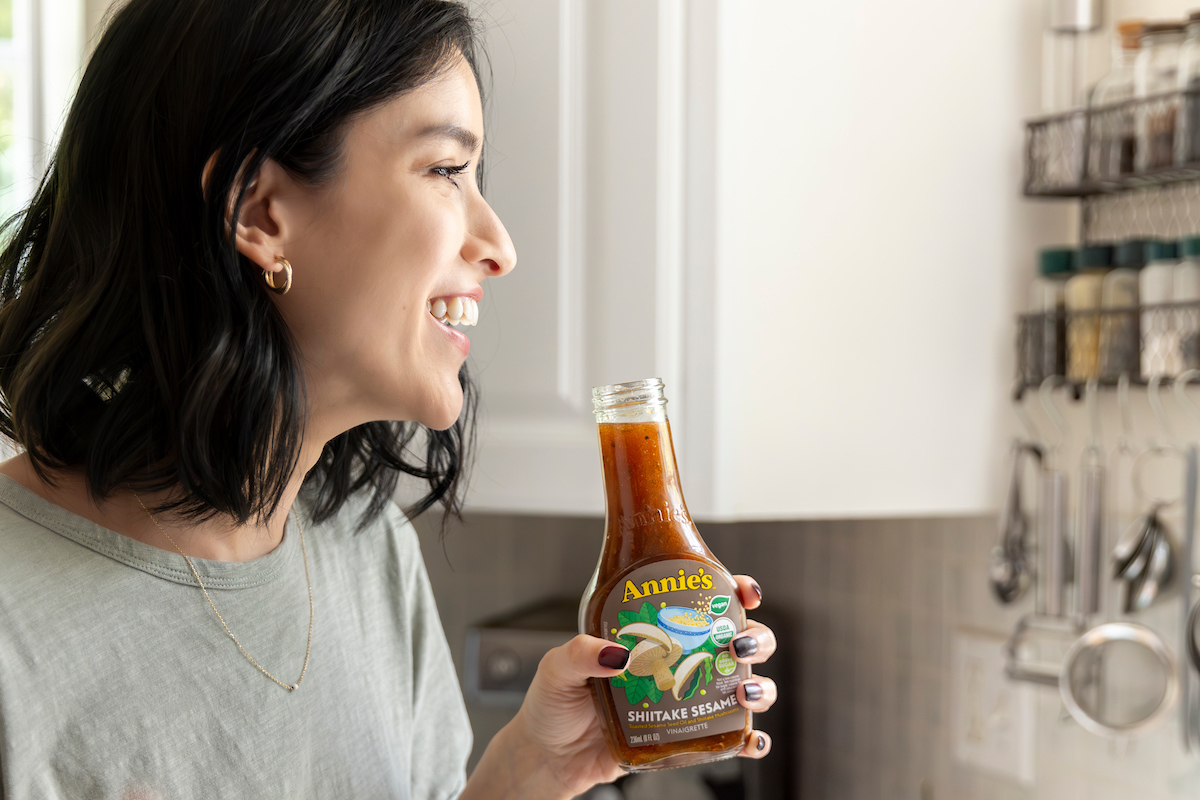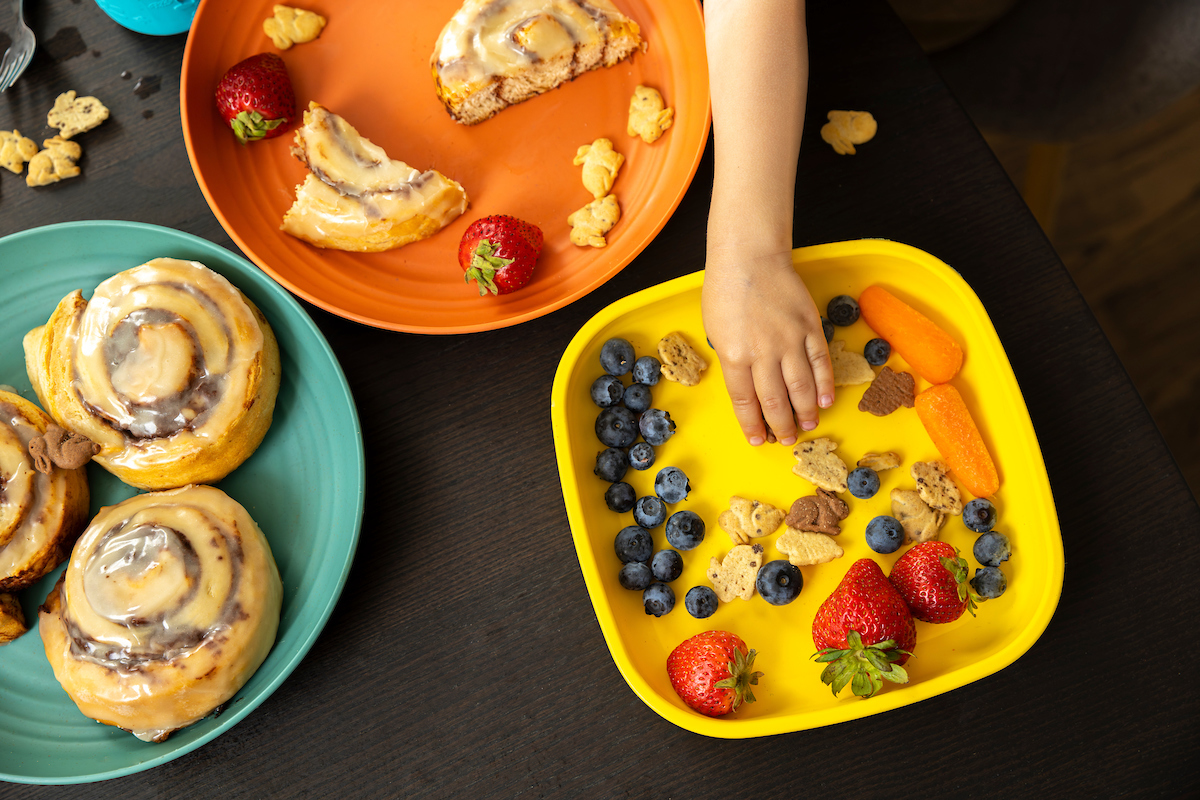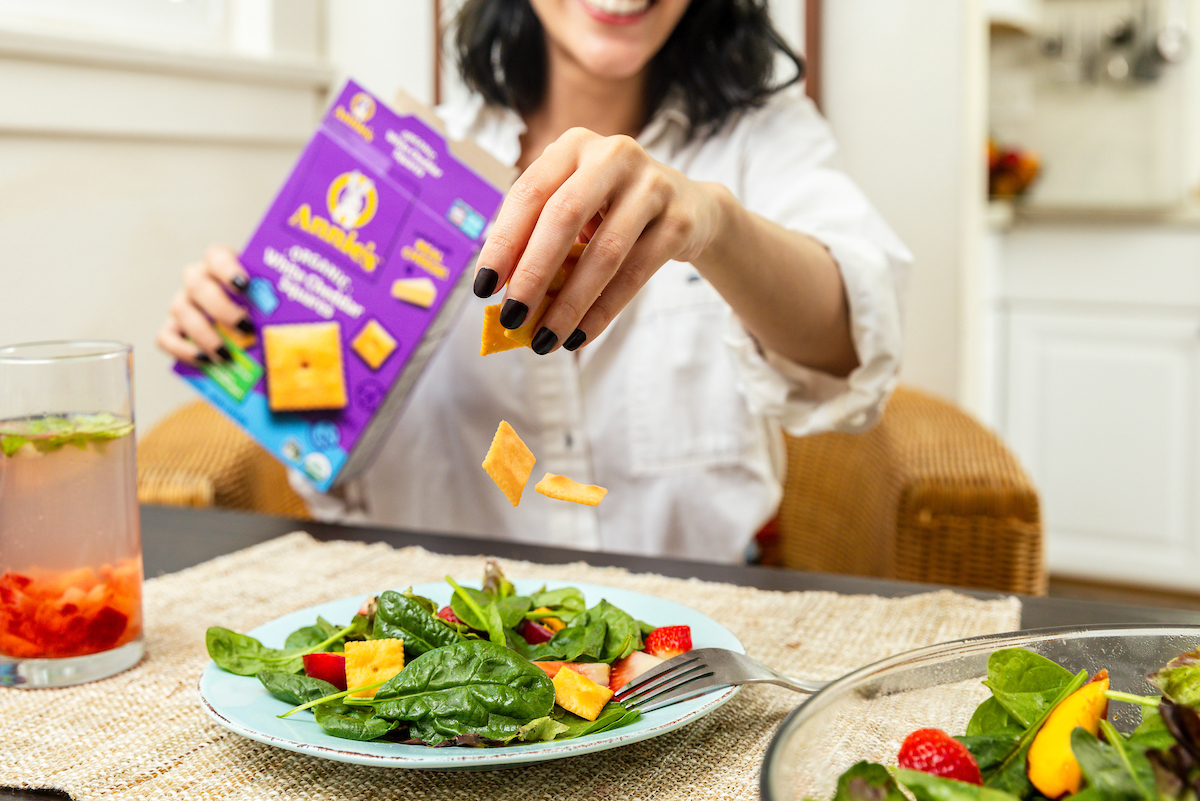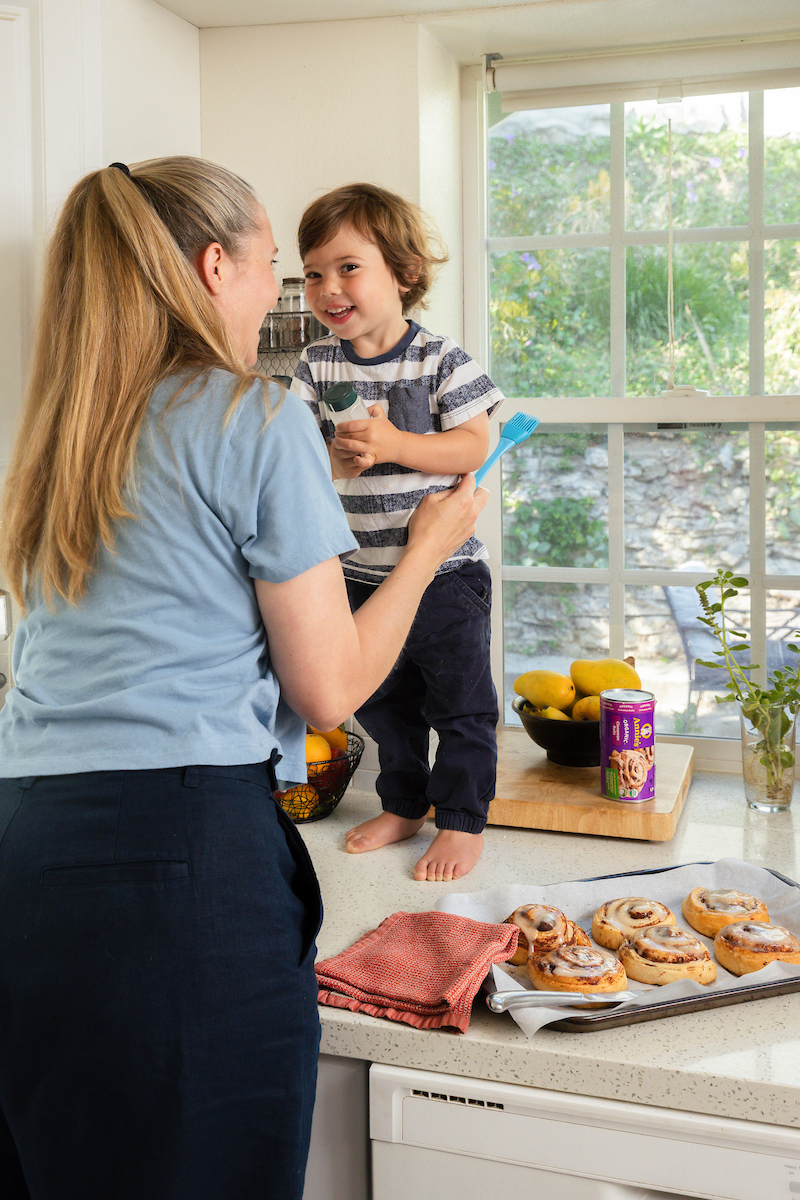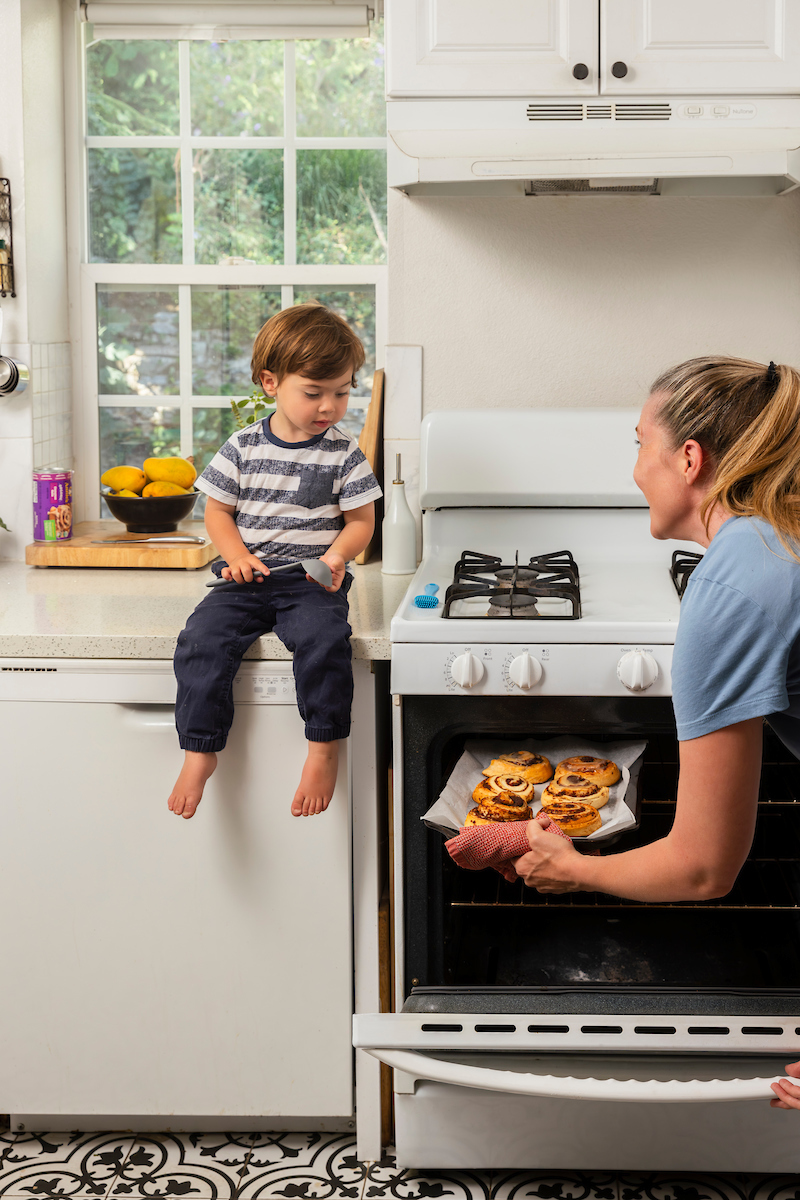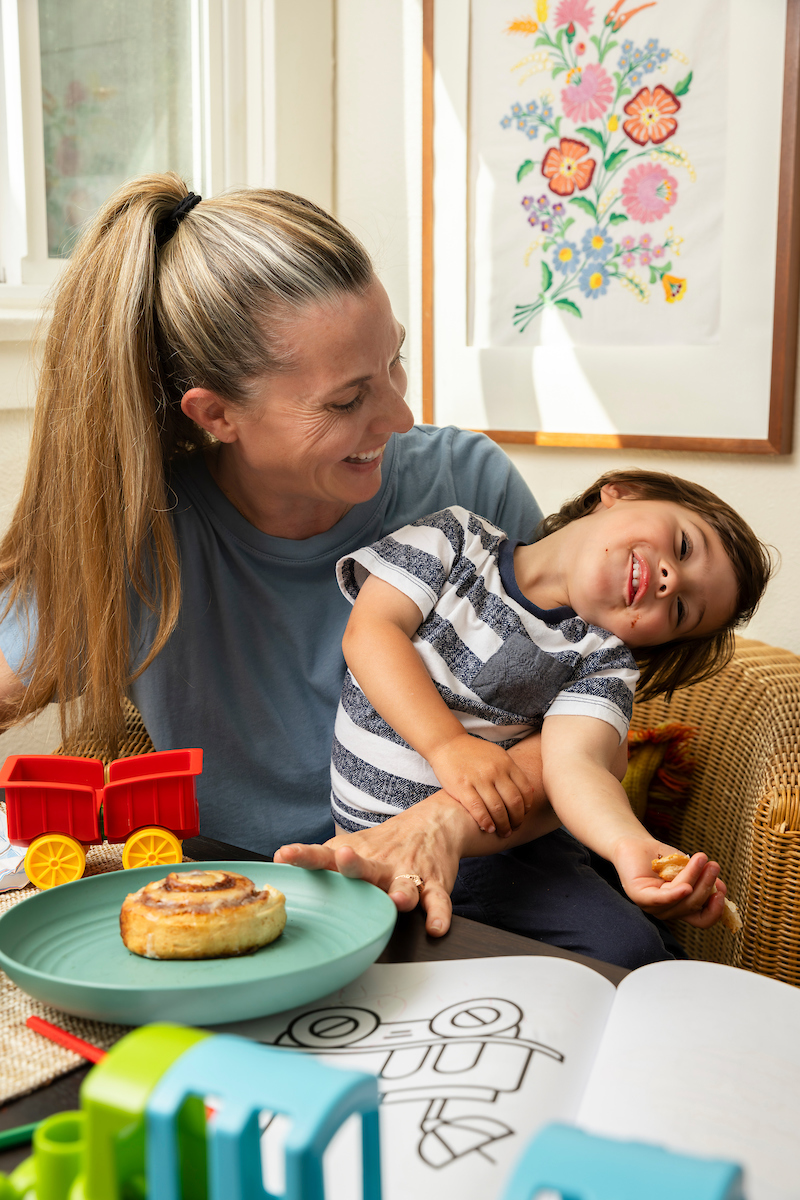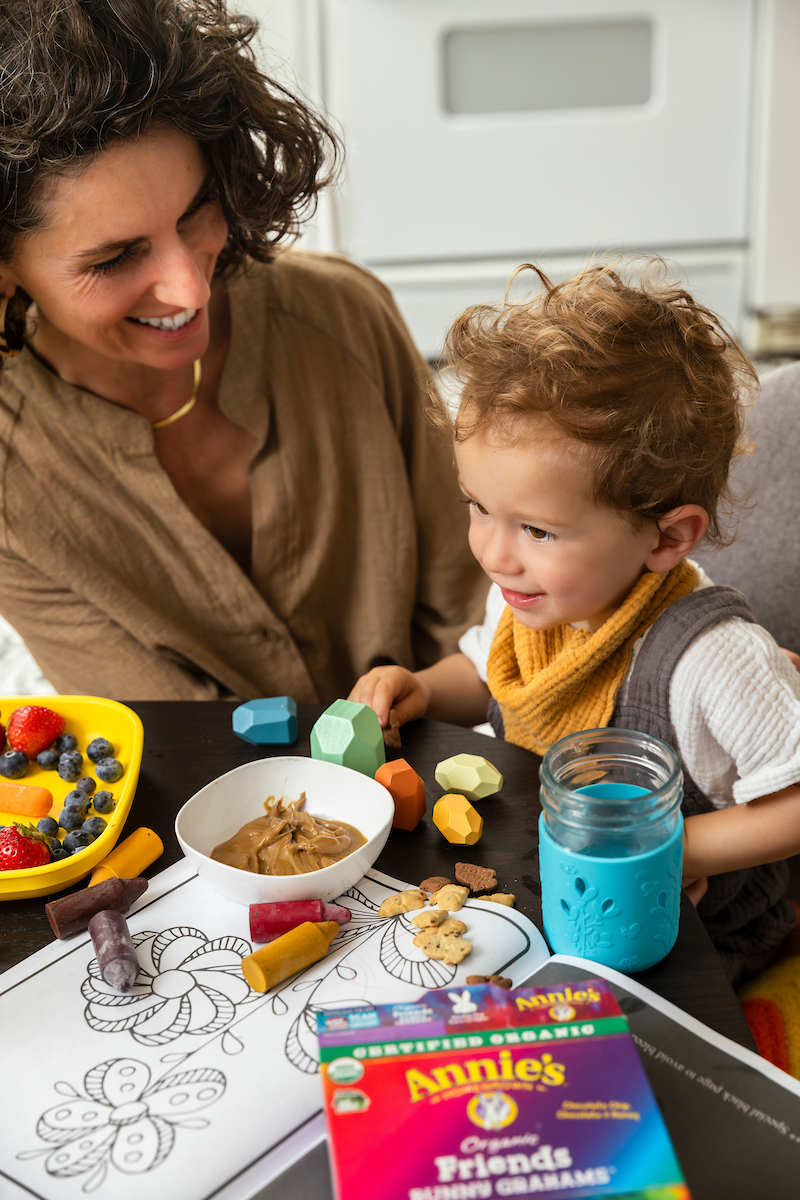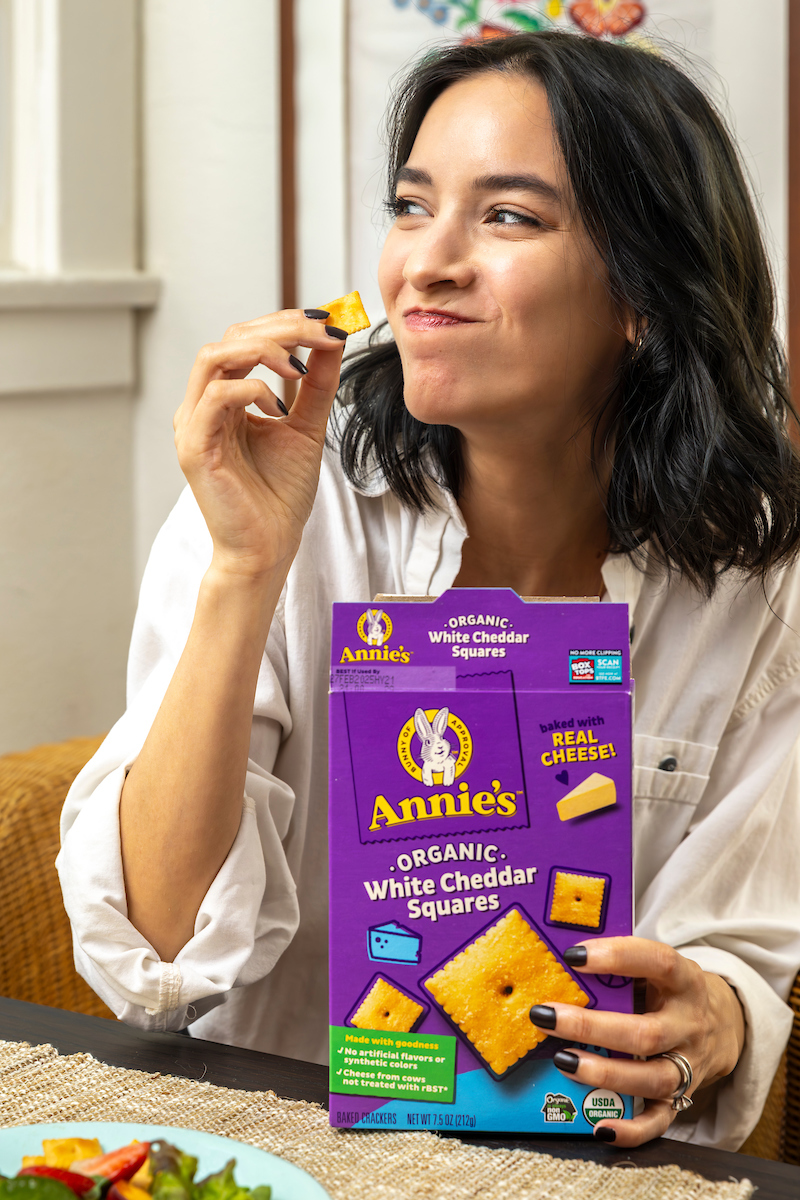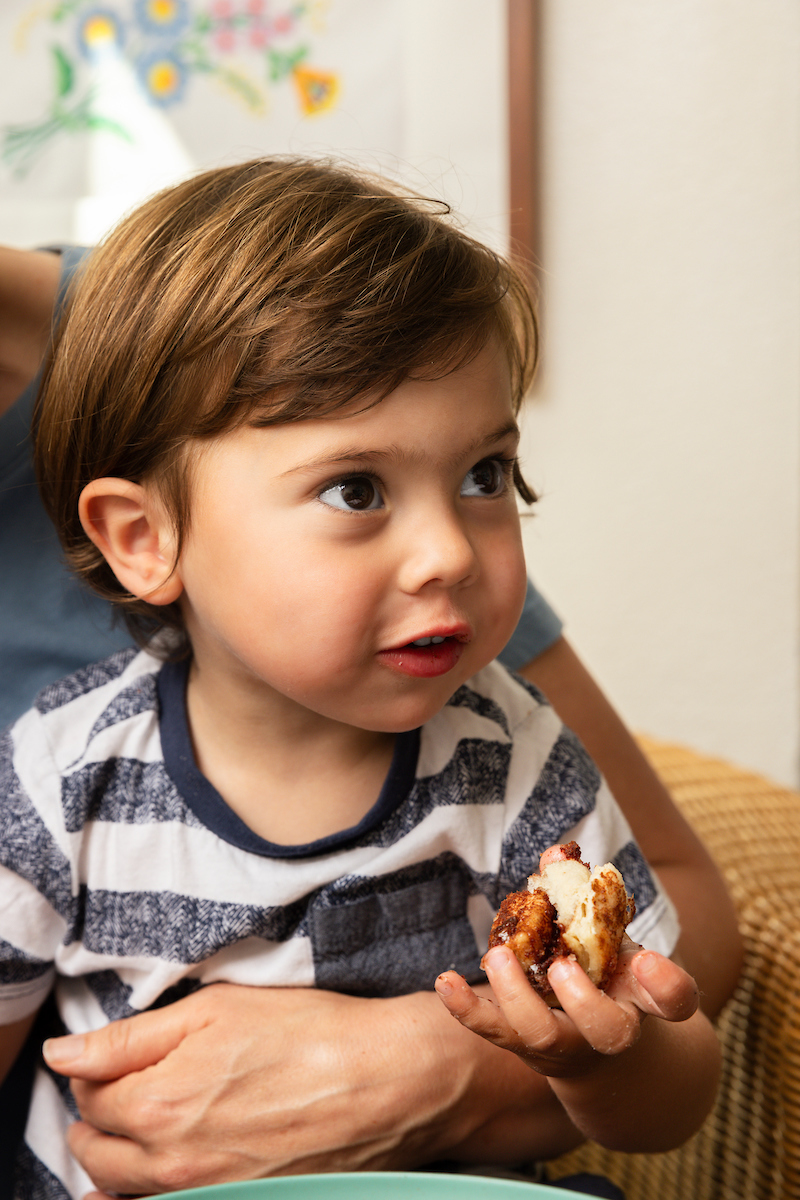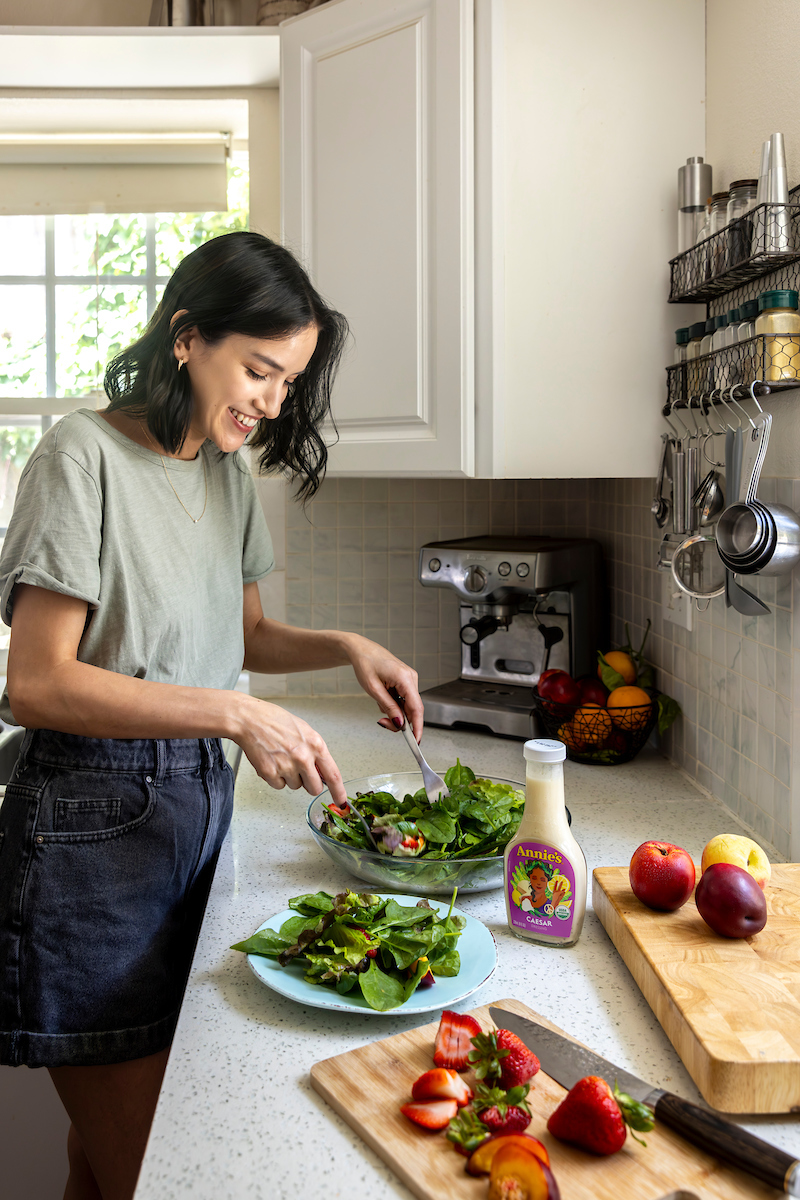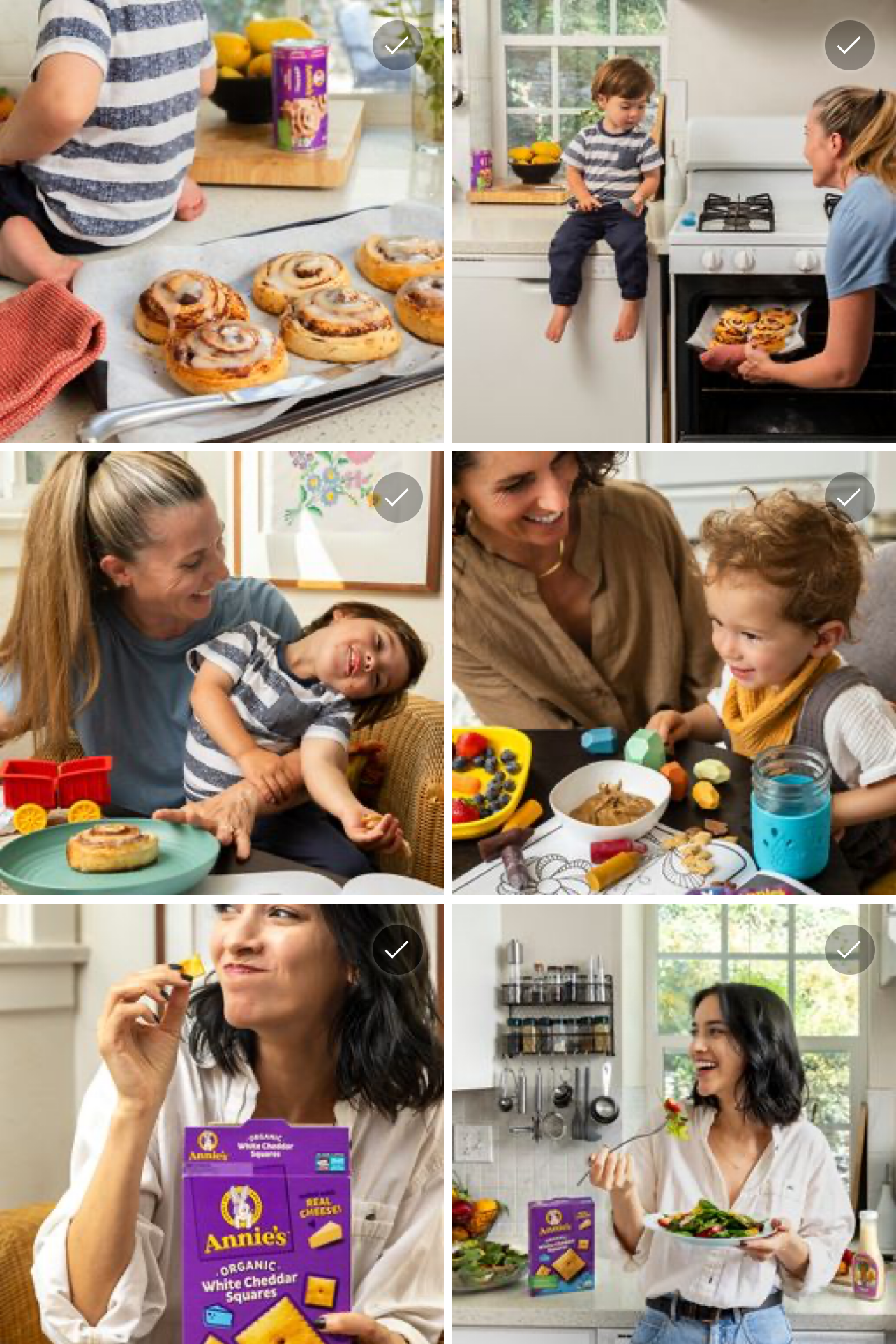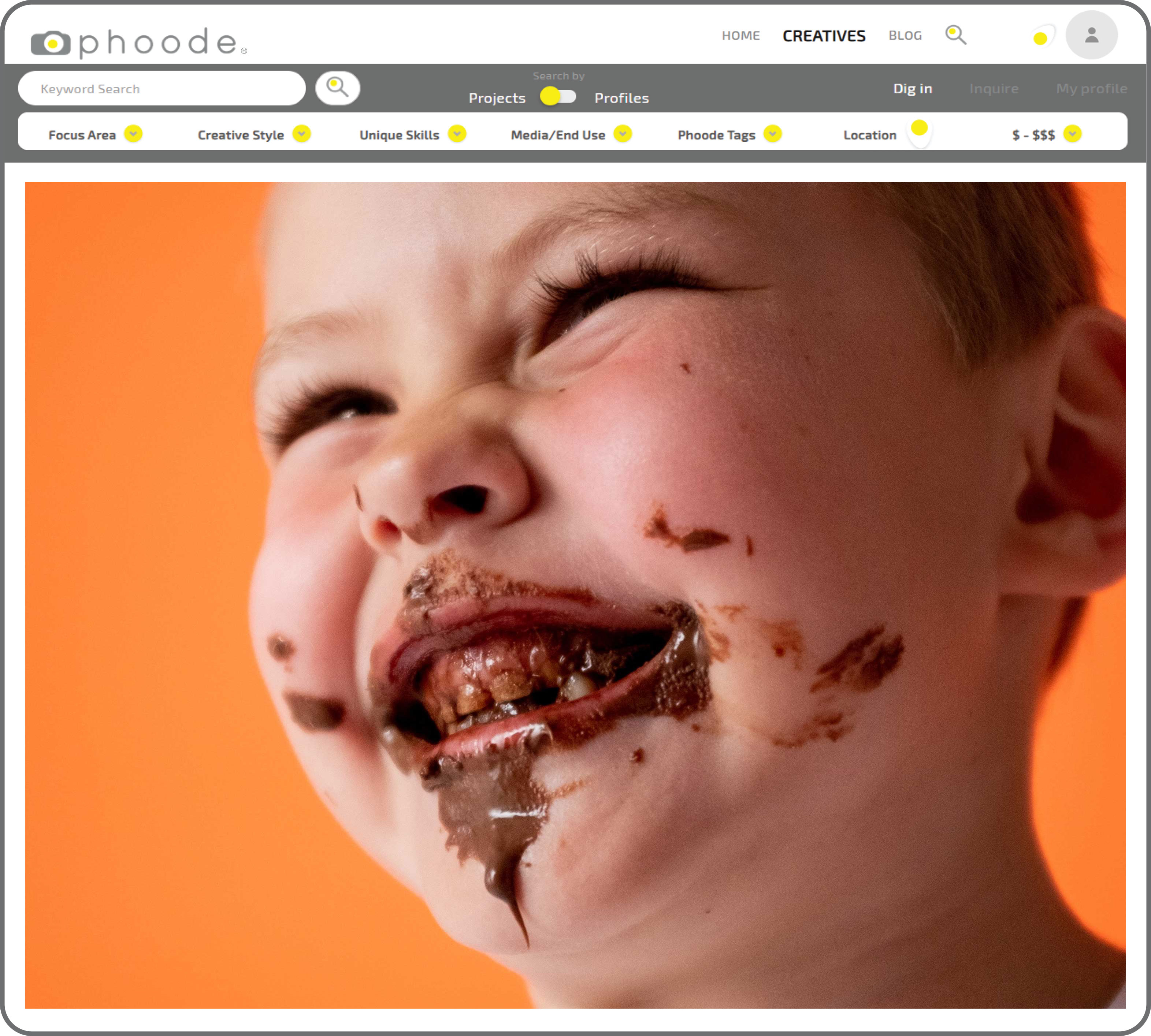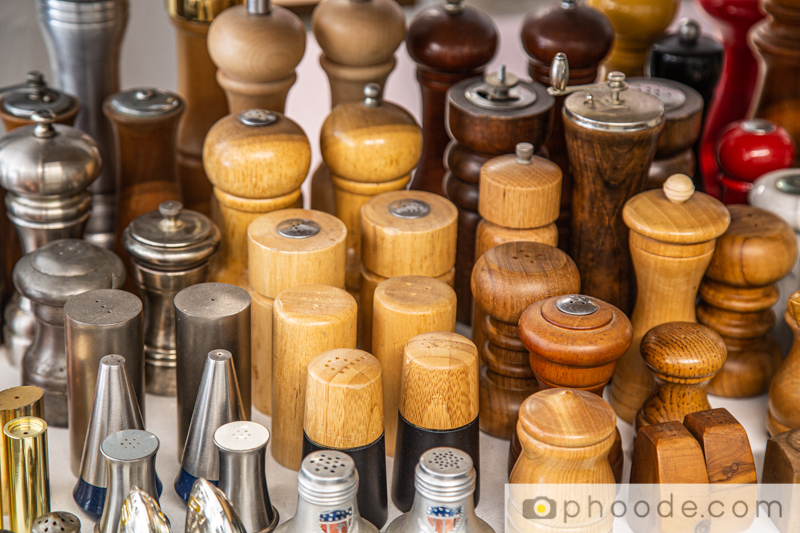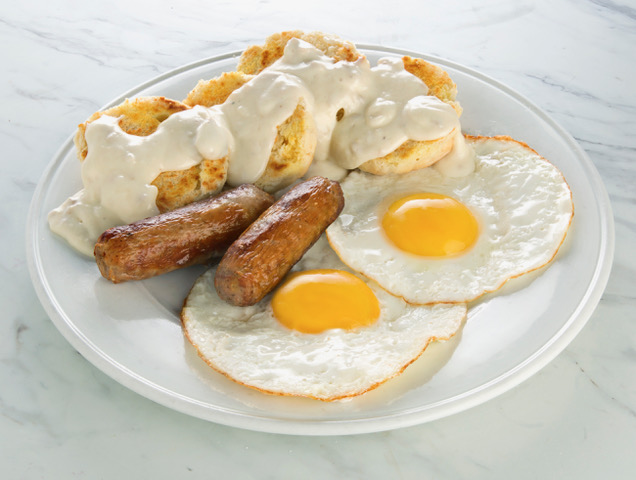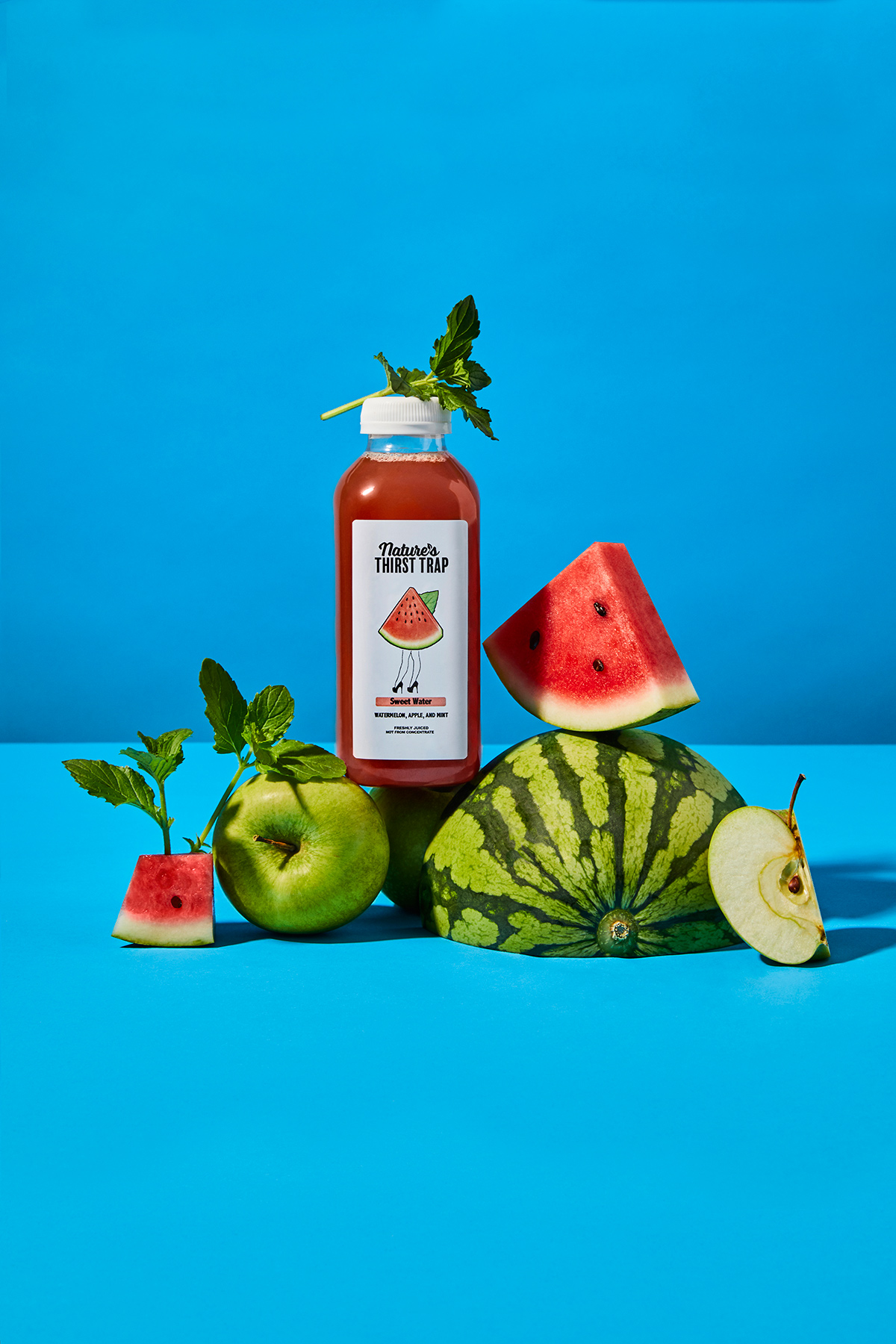CPG Brands: Don’t Treat Humans as Machines for Consuming your Food and Beverage Products 🤖🍭
Last year, I had the pleasure of working with my photographer friend, Jayme Burrows, on a lifestyle photoshoot that profoundly impacted my perspective on kids’ food product branding and advertising. We were commissioned to capture peanut butter and Nutella-like products with a twist—they were made without nuts, and designed specifically for people with nut allergies. Our creative goal was to incorporate kids and kid-friendly dishes made using the product into the images.
The Missing Genuine Human Warmth in Modern Food Product Photography
Introducing kids into our shoot brought a genuine, lively component that lent unique energy to the product. Children brought spontaneity, laughter, and joy unlike adult models, who often pose and stage their facial expressions. They played naturally, and their unfiltered interactions with food injected unique fun into every image. Like the boy who ate three prop bowls of strawberries just to show off was a prime example. Or the girl who devoured a sweet Nutella treat for the first time in her life and showed true joy and appreciation. This experience was memorable and transformative for me as a creative. I realized how much warmth and humanity are often absent in modern food product photography.
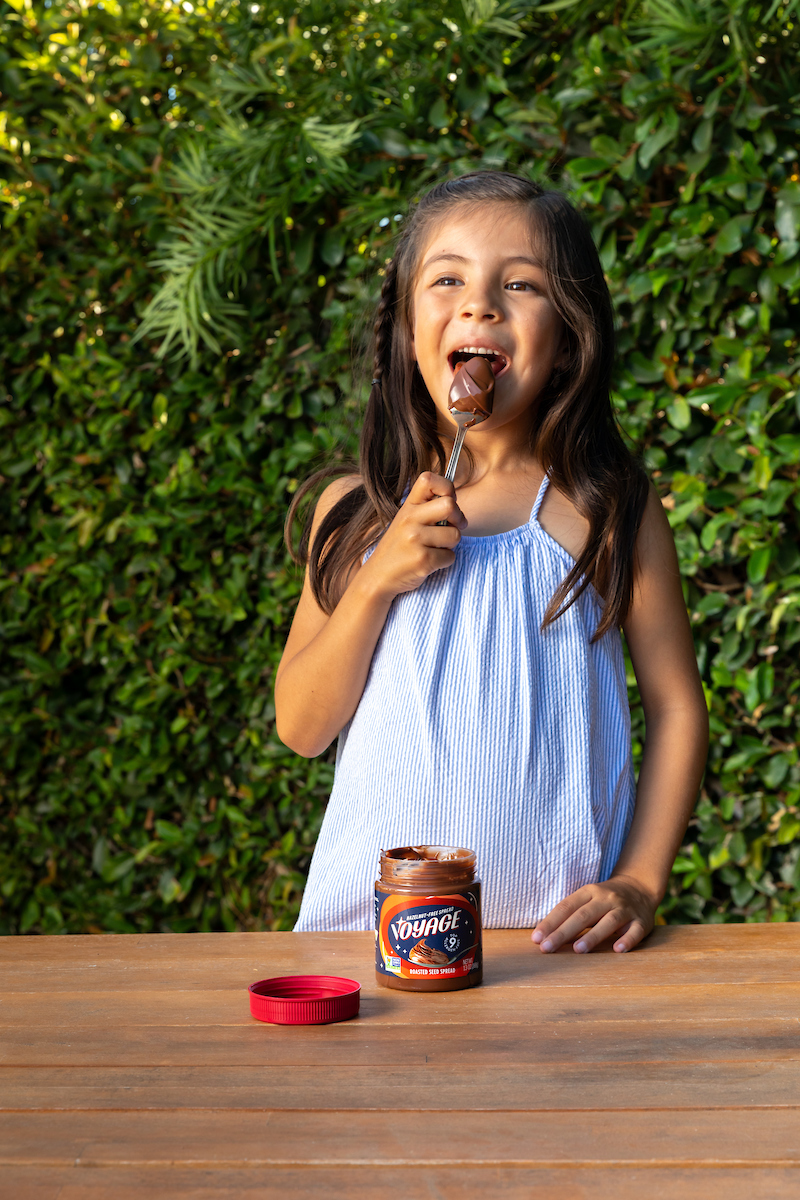
When it comes to most product photography, there’s barely any real human presence these days. Most of the time, if there are models, they look almost too polished, overstyled, and unnatural. Often, the only sign of humanity in food product photography is a set of perfectly manicured hands that could belong to a robot doll. Many products are depicted in an editorial style, placed on abstract pedestals in studio settings, surrounded by weird, redundant props, and lacking any sense of authenticity. Scenes look overly staged, exaggerated as a “school art project”.
Similarly, many lifestyle shots feature products with overly perfect people in immaculate, unrealistic, sterile kitchen settings. These images feel staged and detached from real life. The kitchens all look the same as if everyone had the same taste and style in interior decor. When I visit people’s homes, they don’t look anything like this.
I get it—many creatives have fantastic, visionary ideas to “catch the eye,” but is this really what grabs the attention of the average consumer? Can an average Joe or Joanna relate to that vibe? I dare to disagree because I know most people don’t relate to that. How do I know? Because I ask, I talk to consumers. And often.
The Inspiration for Change
The kid experience inspired me to explore how major emerging kid food CPG brands sell their kids’ food products and present them visually. To my surprise, none of the brands I reviewed featured children in their promotional images. Instead, most of them showcased only the packaging, resulting in lifeless and unconvincing visuals. Visiting their websites, I couldn’t easily identify that their products were even intended for kids without prior knowledge.
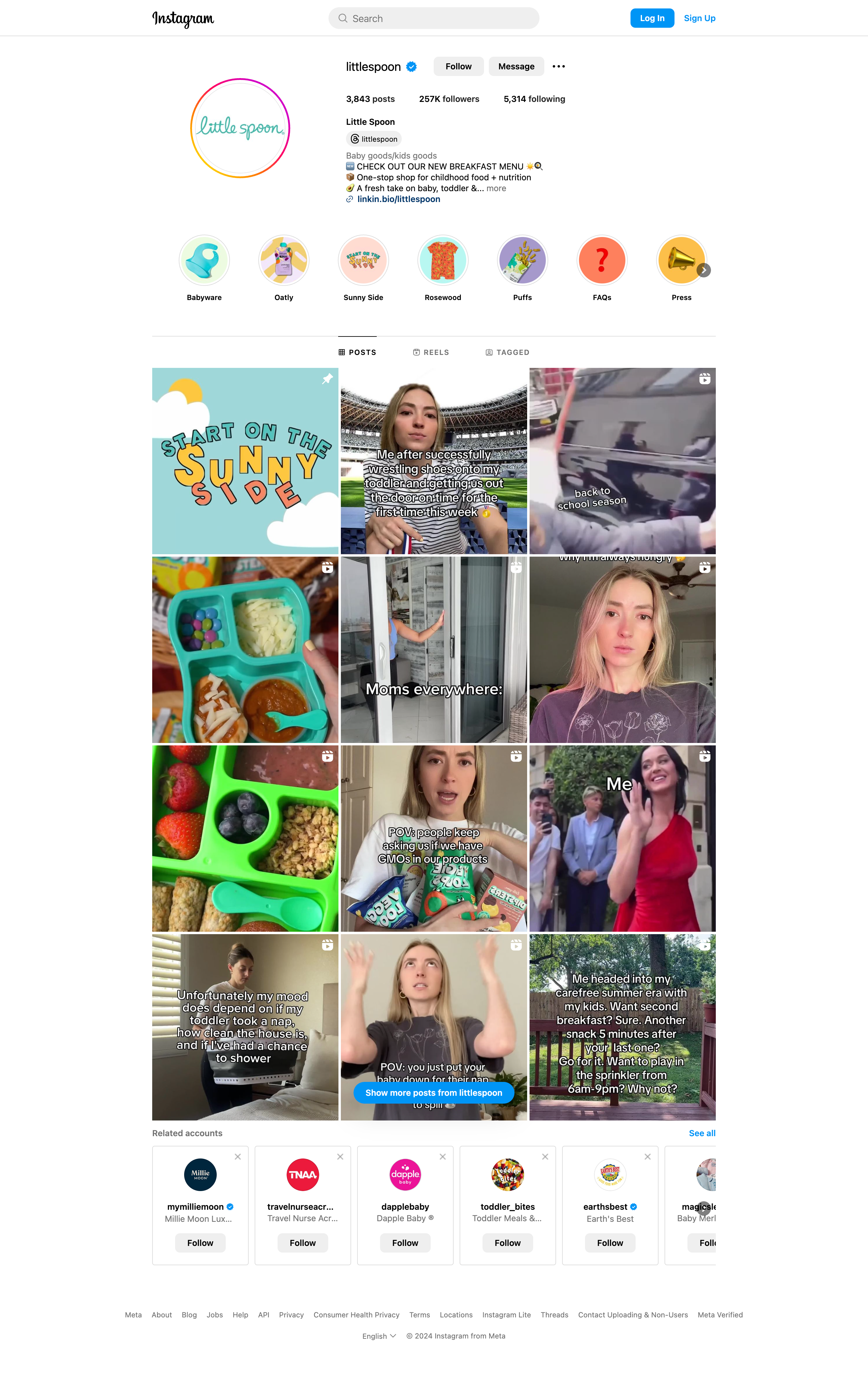
A few Examples of the Current State of Kids’ Food and Beverage Products Branding
- Little Spoon: Known for fresh, organic baby food delivered to your doorstep, offering personalized meal plans. However, the website features a banner with pixelated videos featuring kids and a somewhat playful design reminiscent of kids’ drawings. But the product pics are all product and abstract “artsy” displays of food. While colorful, the human touch is scarce. The social media shows some weird influencer with a voiceover without any children in sight. It really looks like an AI-made person, to be honest. It really wouldn’t make me comfortable as a mother to reach for a product promoted in this manner and by this kind of person. Seems completely self-absorbed (if that person is even a mother?!), cold, and inauthentic, and made me cringe, to be honest. Also, no children in sight.
- Once Upon a Farm: Specializes in organic, cold-pressed baby food and smoothies made with fresh fruits and vegetables. The website features cute fruity graphic design and package-forward product photography with zero human touch, zero children in sight. The stock-like photography on their site mainly presents the packaging, with everyone holding the product and saying cheese. Their social media seems more authentic with a good mixture of kids, shopping, and product experience, and is more convincing to mothers.
- Happy Family Organics: Offers a wide range of organic baby and toddler foods. Their branding features more realistic images showing toddlers, infants, and babies, with playful imagery of food play vegetables with googly eyes hinting that the products are for kids. Social media also seems engaging, showcasing real families with kids, which is good news.
- Bitsy’s: Produces organic snacks and cereals for kids, featuring fun shapes and flavors without artificial ingredients. However, their website only shows a single, dry picture of a child holding the box, lacking action, inspiration, and zero human touch.
- Love Child Organics: Focuses on organic baby and children’s foods. Despite its promising name, the website fails to convey any warmth or emotion, featuring technical shots of food and stock-like images of children and moms with no genuine human interaction. The image for the Chocolate Cranberry Pistachio Cookies recipe is particularly disheartening, reminiscent of my Christmases during communism in Poland—depressing and devoid of holiday spirit.
- Annie’s: Boxes and boxes and a couple of generic stock images featuring a kid with pasted boxes of product. The boxes are colorful, attractive, and playful but other than bunnies crackers on the packaging there are no human or children. All packaging-based brands.
So, most of the food and beverage products branding for babies, toddlers, and infants is purely focused on packaging, not on mothers or the little humans who are the end users of these products. Their product imagery is typically pretty good, but their brand campaigns are not consumer-focused. Little Spoon would be the closest to having some actual food. As a marketer, however, the key strategy is to sell the lifestyle, not just the product.
I asked real mothers about how this makes them feel, and they all said that the smile of a child would be much more convincing than the coolest design of the box. Most of them said they could be persuaded to buy the product by imagery that shows the joy of having a child and expresses the emotional experience. They also mentioned they buy products because of the ingredients list, so in the end, they would be more interested in looking at the back of the box rather than its front. I would be interested to see how many marketers of these particular products actually asked the mothers themselves as the likely buyers of these products, or how many of them actually have children on their own?!
The Importance of Authentic Human Connections
As humans, we are deeply drawn to authentic human connections. This need for connection is rooted in our biology and psychology. Here are a few reasons why it’s important to incorporate an authentic human feel into marketing strategies:
- Evolutionary Basis: Human beings are social creatures by nature. From an evolutionary perspective, forming social bonds was crucial for survival and reproduction. Being part of a group provided protection, shared resources, and support.
- Psychological Well-being: Authentic human connections are vital for our mental health. Studies have shown that people with strong social ties have lower levels of anxiety and depression, higher self-esteem, and greater empathy. The presence of supportive relationships is a significant predictor of happiness and well-being. Much more than beautiful objects.
- Neuroscientific Evidence: Research in neuroscience indicates that our brains are wired to connect with others. Interactions with loved ones and friends release oxytocin, often called the “love hormone,” which fosters feelings of trust and bonding. This neurochemical response reinforces our desire for meaningful connections.
- Impact on Physical Health: Authentic connections are linked to better physical health. People with strong social networks tend to live longer, have stronger immune systems, and recover more quickly from illness. Conversely, loneliness and social isolation can lead to various health problems, including heart disease and a weakened immune response.
- Cultural and Social Factors: Throughout history, communities and cultures have emphasized the importance of relationships and social cohesion. Festivals, rituals, and communal activities are designed to strengthen bonds and create a sense of belonging.
The Need for Human and Emotional Authenticity in Marketing
Incorporating authentic human behaviors into content benefits us not only as humans but also as consumers. We subconsciously pick up on cues that are built into content, marketing, and ads and instantly know when something feels good or off. Sure, brands can get anyone to try the product that one time, but the goal should be to have a dedicated consumer who will come back for more. Incorporating the human need for connection and human touch should be explored deeper in food and beverage marketing and advertising.
As a creative director, a professionally trained sociologist, behaviorist, and marketer working with food and beverage products and services, I am saddened by the lack of that energy being translated into the marketing of products designed for these magical little humans.
I know where this is coming from: it’s coming from the scarcity mindset of food and beverage marketers who are less and less familiar with human behaviors and more concerned with the superficial and copycatting and also see everything literally and as $ signs. I know it’s cheaper to just make package shots of the product or bring in some generic images from stock and slap the product box on them, or use AI or some phony influencers. Exploring and diving into human consciousness requires expertise, and that costs money too. But I dare say that if you want to build a beloved brand you have to make an effort. It’s just not good long-term strategic thinking. It doesn’t build an emotional connection with the consumer; it’s really disheartening and depersonalizing. It won’t create loyalty. It’s not going to make you a beloved brand, just a mere commodity, something easily replaceable when the “next big thing” comes along or direct competition lowers the price.
If I were a mom, I would want to see expressions and things that melt my heart. Colorful boxes and containers are cool but they are dead objects that don’t evoke deep human emotions; they have purely aesthetic value; they are just “things”. Not only are they not human, but they also lack real-life scenarios that make you feel, smile, and laugh. The product box is only calling to “Spend your $$$.” It treats consumers instrumentally. Most consumers would love to see more effort that draws them into the beautiful and amazingly inspiring world of a little human’s wonder, laughter, play, and joy.
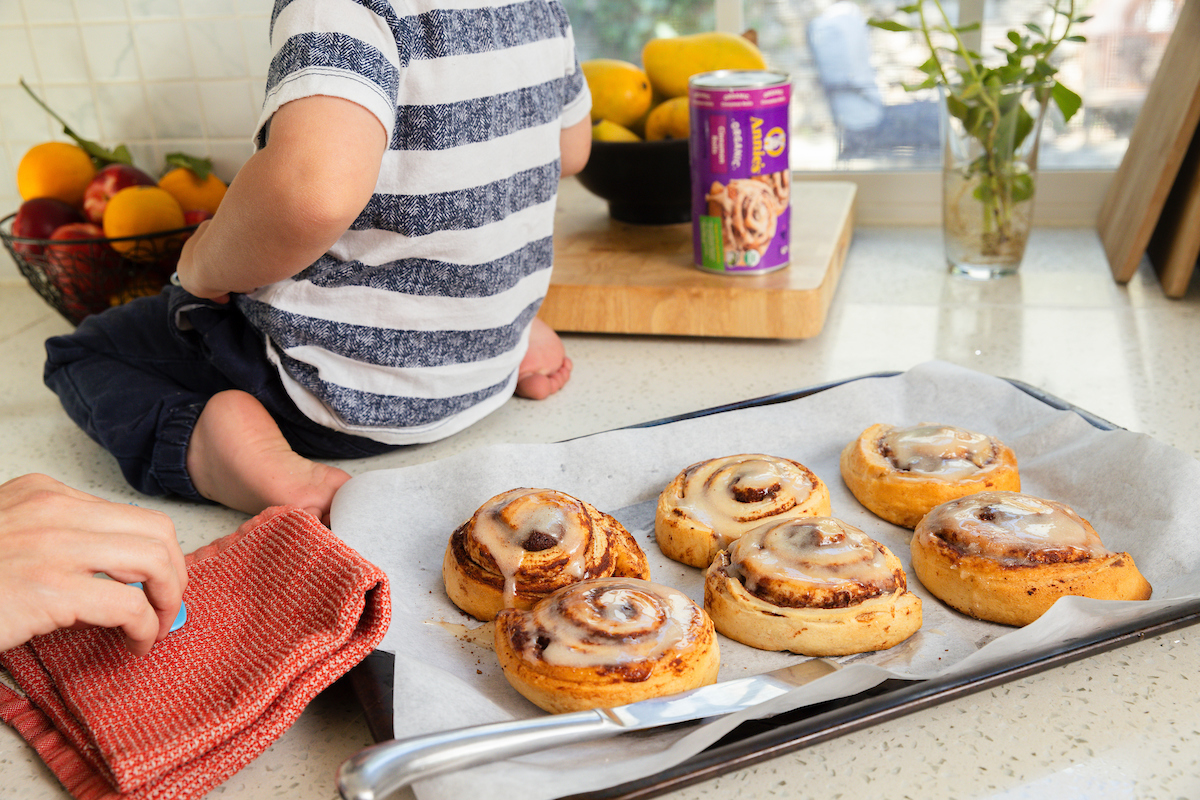
A New Approach with Annie’s
This realization motivated me to approach Jayme with a new idea: a project featuring food products that could be enjoyed by both kids and adults, starting with a brand whose products we personally love and use—Annie’s. The result was a series of photos involving moms and kids, showcasing four different products across various everyday scenarios. These images aimed to capture the genuine interactions and joy that families experience while using these products.
Shooting content with kids isn’t easy; it requires patience, experience, skill, and the ability to connect with them in the right way. Their attention span is short. And obviously, it costs more than just placing a box on a backdrop or kitchen countertop. But as a veteran of food photography and marketing, I believe it is well worth it. Involving authentic human expressions in product marketing is more relatable, more persuasive, and creates a heartwarming feeling in the consumer’s mind. More mothers would be compelled to spend money if they saw something that makes them smile and warms their hearts. The brand that finally does it well will be a winner.
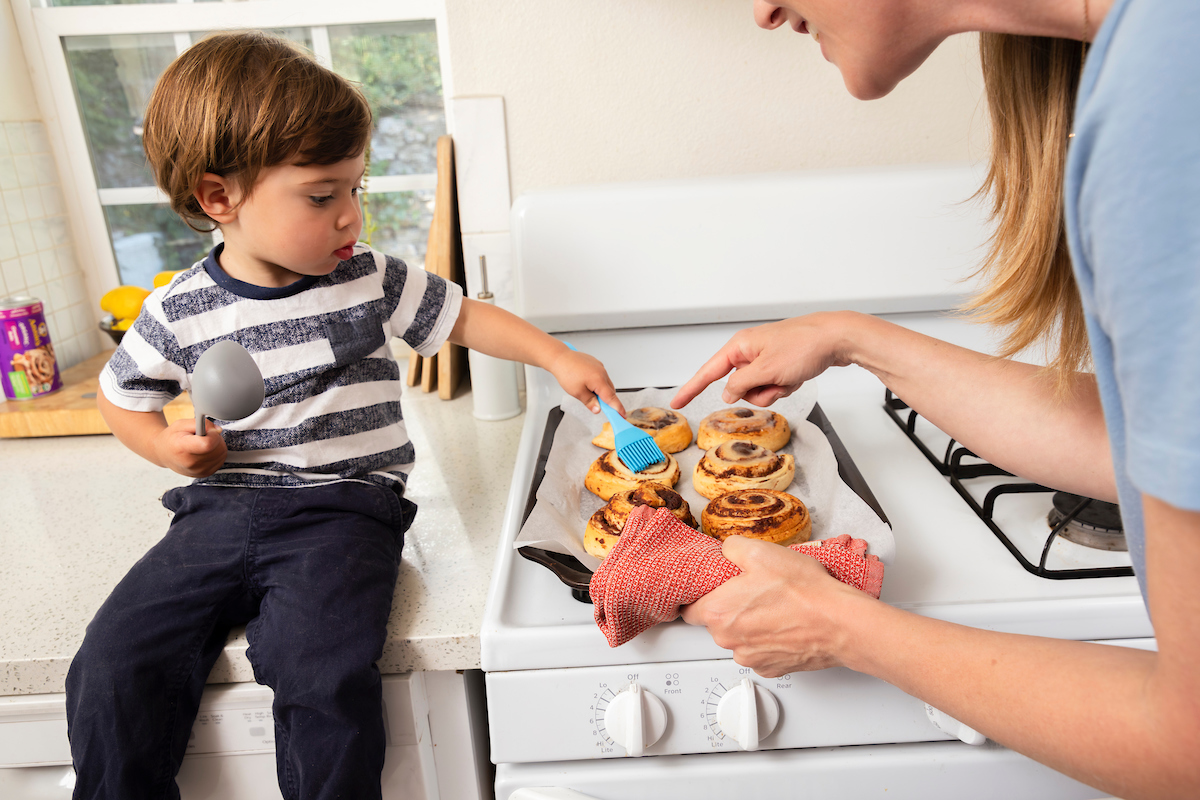
The Need for Emotional Connection in Marketing
Life cannot just be about solving one problem after another and providing a formula for a product. We need things that inspire and touch us, excite us, and make us feel alive. We need things that move our hearts.
I am game for working with brands that want to elevate their human game! Bring it on, show some real love, and respect for motherhood, and the courage to support the feeling of joy that goes into it.
We are human 💃 ❤️ 🕺 = 👼, after all. The Love Child user should be treated as one. In the natural world, children should be a product of love and human connection, not a project—their parents and themselves aren’t just machines to consume products 🤖 .
Embracing authentic human connections in marketing, particularly in the food and beverage industry, can significantly enhance consumer engagement and loyalty. By focusing on genuine interactions and the joy that products can bring to everyday life, brands can create a deeper emotional connection with their audience. This approach not only makes marketing more effective but also resonates with the fundamental human need for connection and warmth.




